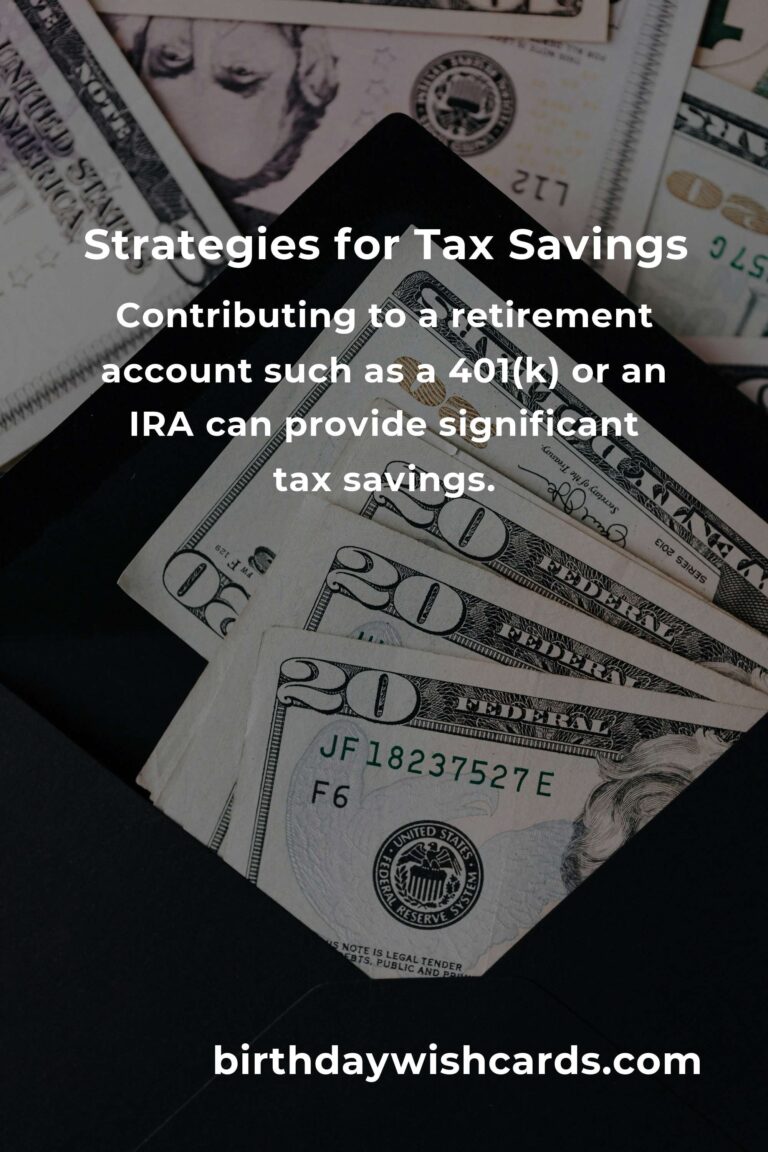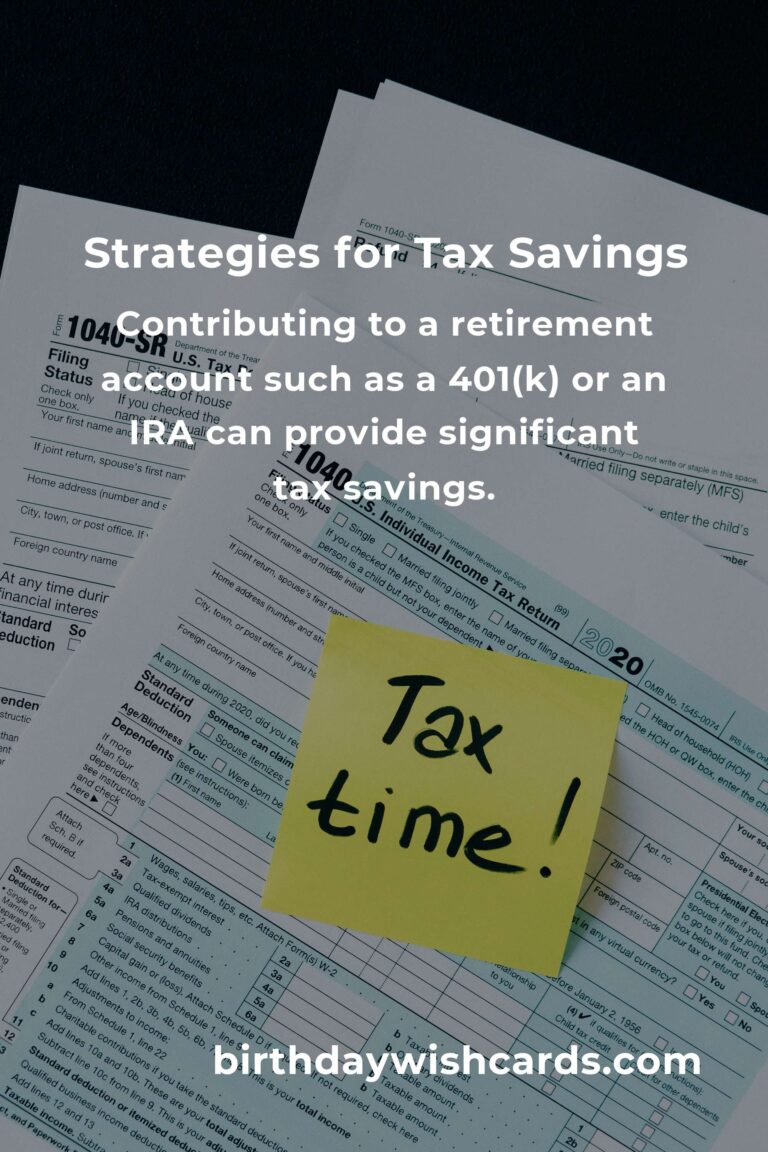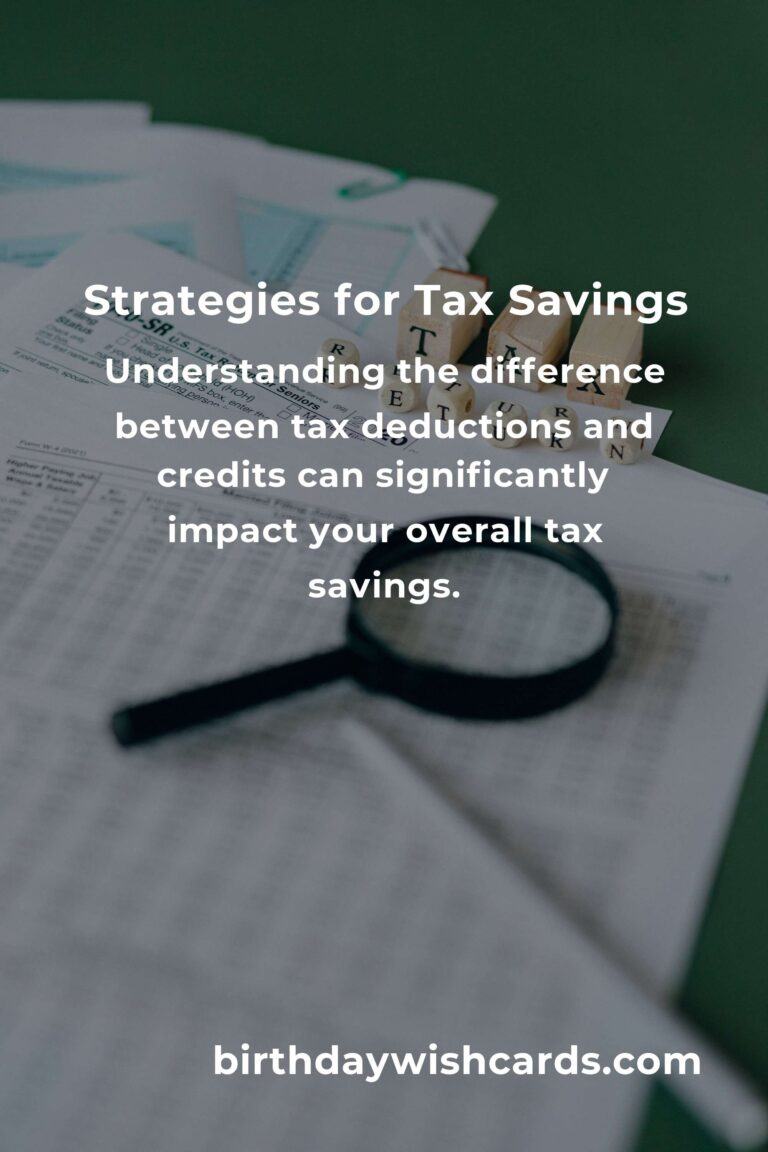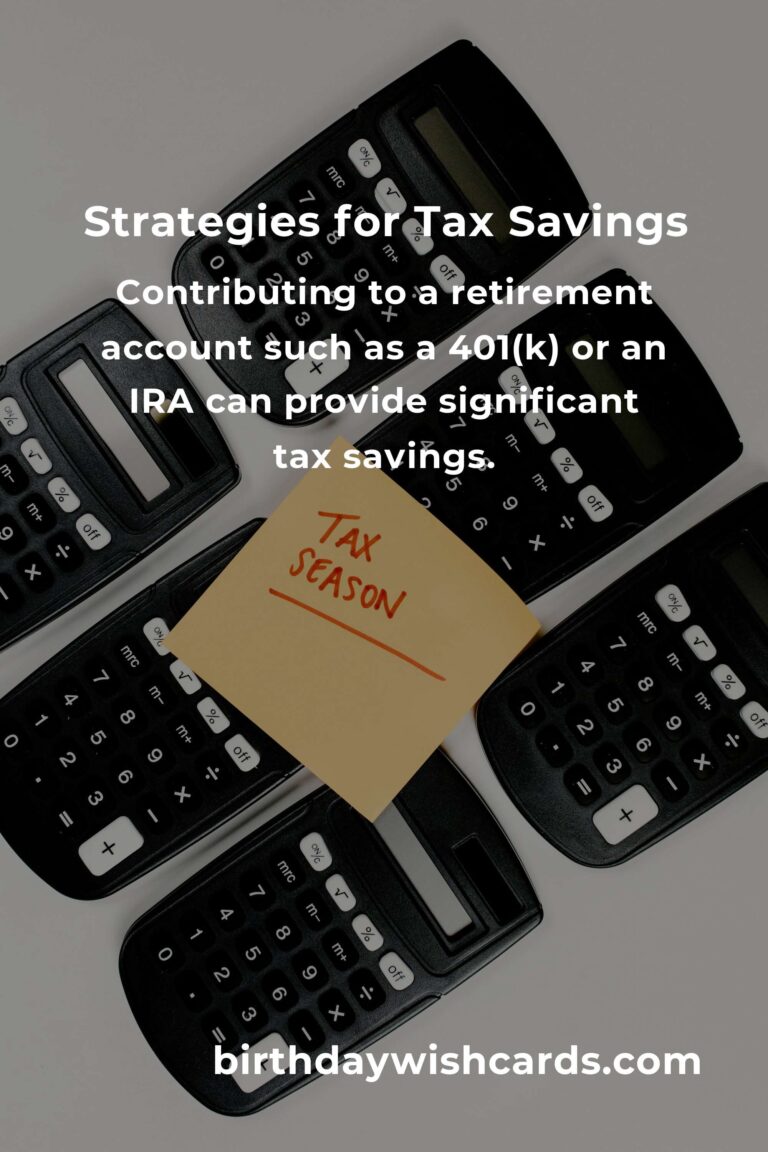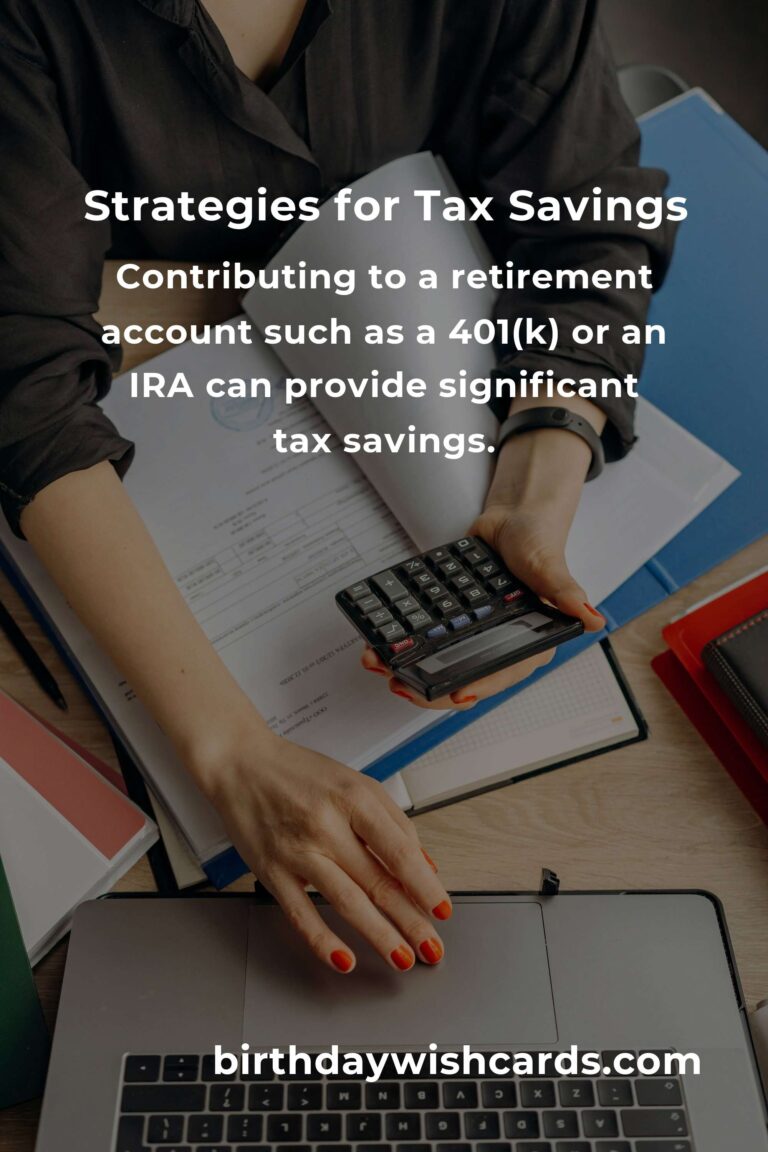
As a professional, understanding how to maximize your tax savings is crucial for maintaining financial health. Whether you are a salaried employee, freelancer, or run your own business, there are numerous strategies you can implement to reduce your tax liability legally. This guide will walk you through various tax-saving tips and strategies to help you keep more of your hard-earned money.
Understanding Tax Deductions and Credits
Before diving into specific strategies, it’s important to understand the difference between tax deductions and tax credits. Tax deductions reduce the amount of income that is subject to tax, while tax credits reduce the total tax bill directly. Both can significantly impact your overall tax savings.
Standard Deduction vs. Itemized Deductions
Every taxpayer has the option to take a standard deduction or itemize their deductions. The standard deduction is a fixed amount that reduces your taxable income, depending on your filing status. Itemized deductions, on the other hand, allow you to deduct specific expenses like mortgage interest, property taxes, and charitable contributions.
For many professionals, deciding whether to itemize or take the standard deduction is a key decision. If your deductible expenses exceed the standard deduction, itemizing may be beneficial.
Retirement Contributions
Contributing to a retirement account such as a 401(k) or an IRA can provide significant tax savings. Contributions to these accounts are typically tax-deductible, which means they reduce your taxable income. Additionally, these accounts allow your investments to grow tax-deferred until retirement.
Health Savings Accounts (HSAs)
If you have a high-deductible health plan, you may be eligible to contribute to a Health Savings Account (HSA). Contributions to an HSA are tax-deductible, and withdrawals used for qualified medical expenses are tax-free. This makes HSAs a powerful tool for saving on healthcare costs while reducing your tax bill.
Business Expense Deductions
If you are self-employed or own a business, you can deduct business-related expenses. This includes costs such as office supplies, travel, and even a portion of your home if you have a dedicated home office.
Educational Expenses
Pursuing further education or professional development can also result in tax savings. The Lifetime Learning Credit and the American Opportunity Credit are two options that can help offset the cost of tuition, fees, and other education-related expenses.
Charitable Contributions
Donating to qualified charitable organizations can provide both personal satisfaction and tax benefits. Ensure you keep receipts and documentation for any donations you make, as these contributions can be deducted on your tax return.
Tax-Advantaged Investments
Consider investing in tax-advantaged accounts or funds. For example, municipal bonds are often exempt from federal taxes, and sometimes state and local taxes as well, making them an attractive option for high-income earners.
Conclusion
By understanding and utilizing these tax-saving strategies, professionals can significantly reduce their tax burdens. It is always advisable to consult with a tax professional or accountant to ensure you are maximizing your deductions and credits while complying with all tax laws.
Implementing these strategies can lead to substantial savings and contribute to long-term financial stability. Start planning today to take full advantage of available tax benefits.
Understanding the difference between tax deductions and credits can significantly impact your overall tax savings.
Deciding whether to itemize or take the standard deduction is a key decision for many professionals.
Contributing to a retirement account such as a 401(k) or an IRA can provide significant tax savings.
If you have a high-deductible health plan, you may be eligible to contribute to a Health Savings Account (HSA).
Donating to qualified charitable organizations can provide both personal satisfaction and tax benefits.
#TaxSavings #FinancialHealth #TaxDeductions #RetirementPlanning #TaxCredits


